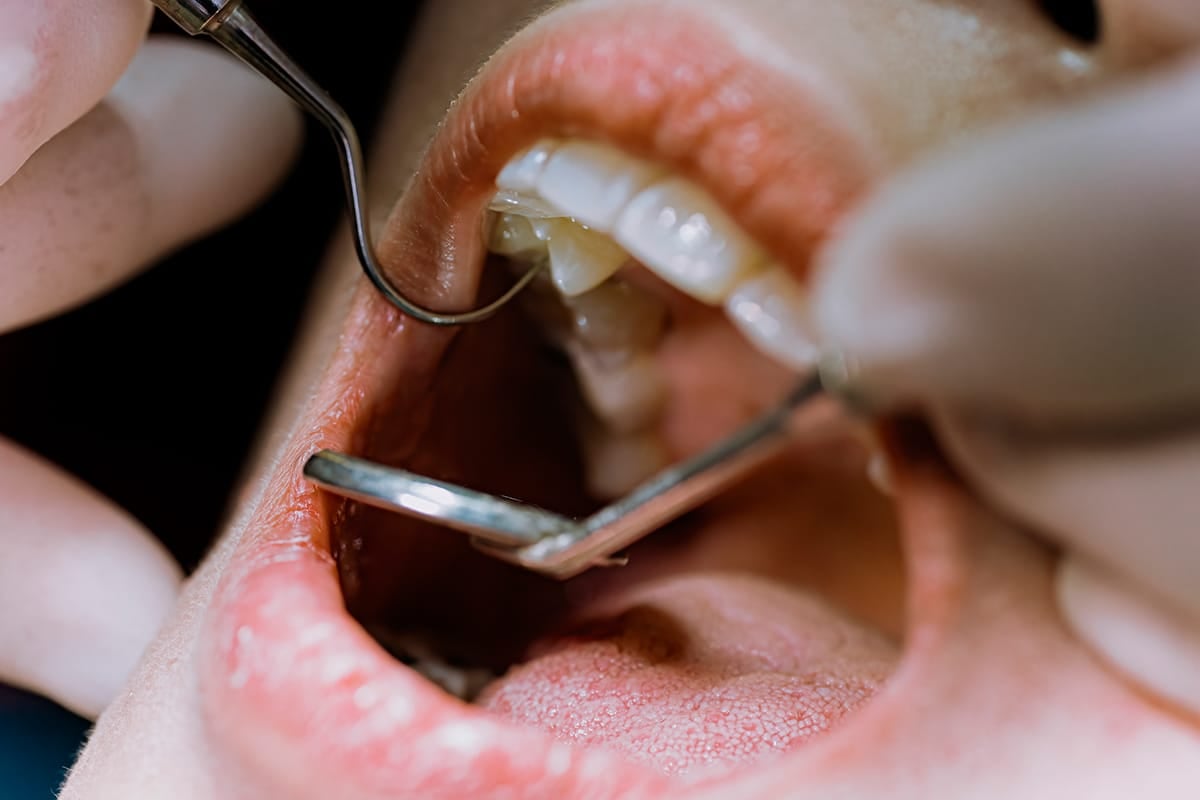Root canal therapy has evolved significantly over the past few decades, transforming from a dreaded dental procedure to a precise, science-driven solution for saving teeth. While all root canals involve removing infected pulp and sealing the inner tooth, treatments on molars and premolars—known as posterior root canals—are particularly complex. Understanding the biology, techniques, and technology behind these procedures offers deeper insight into why they demand a high level of expertise. For those considering a ,Posterior Root Canal in Dubai knowing the scientific foundation of the treatment can provide reassurance and confidence in the process.
Tooth Anatomy and the Role of Pulp:
Each tooth contains a central space known as the pulp chamber, which houses nerves, blood vessels, and connective tissue. In posterior teeth—molars and premolars—the pulp system is more intricate, with multiple roots and branching canals. The pulp plays a crucial role during tooth development, but once a tooth is fully matured, it can function without this tissue. Root canal therapy becomes necessary when the pulp is infected or inflamed due to deep decay, trauma, or repeated dental procedures.
The Microbiology of Infection:
Infected root canals are primarily caused by bacterial invasion. Harmful microbes from untreated cavities or fractures enter the pulp and multiply, causing inflammation and pain. If left untreated, the infection can spread beyond the tooth into surrounding bone and tissues. The goal of posterior root canal therapy is to eliminate these bacteria, remove infected tissue, and create an environment that prevents reinfection. The complex canal structures in molars make thorough cleaning and disinfection a scientific challenge.
The Chemistry of Disinfection:
Posterior root canals rely heavily on chemical agents to assist with cleaning and sterilization. Sodium hypochlorite, chlorhexidine, and EDTA are commonly used irrigants that help dissolve organic tissue, kill bacteria, and remove the smear layer left behind after instrumentation. These solutions must be delivered deep into all branches of the canal system to be effective. The precise application of these chemicals is a science in itself, often aided by ultrasonic agitation to improve their reach and efficacy.
The Physics of Instrumentation:
The process of shaping the canals involves endodontic files—tiny, flexible instruments made of stainless steel or nickel-titanium. These tools are used to mechanically clean the inside of the root canals and create a shape suitable for filling. In posterior teeth, the curved and narrow canals require files that can adapt to the internal anatomy without causing damage. Advances in metallurgy and instrument design have improved both the safety and effectiveness of this critical step in root canal therapy.
Advanced Imaging Techniques:
Accurate diagnosis and treatment planning depend on high-resolution imaging. Traditional X-rays offer limited two-dimensional views, but technologies like cone-beam computed tomography (CBCT) provide 3D imaging that reveals complex canal structures and hidden infections. This is particularly important for posterior teeth, where canals may be difficult to detect. Dental clinics offering Posterior Root Canal in Dubai often utilize CBCT scans to increase precision and improve outcomes in even the most difficult cases.
The Role of Biocompatible Materials:
Once the canals are cleaned and shaped, they must be sealed to prevent future bacterial contamination. Gutta-percha, a thermoplastic material derived from natural latex, is the most commonly used root canal filling. It is inert, flexible, and compatible with the body’s tissues. Sealers made from calcium hydroxide or epoxy resins are used alongside gutta-percha to fill any microscopic gaps. These materials have been thoroughly tested to ensure safety and long-term effectiveness within the root system.
Microscopic Assistance in Complex Cases:
Modern root canal procedures, especially those involving posterior teeth, often benefit from the use of dental operating microscopes. These tools magnify the internal anatomy of the tooth, allowing for precise identification of canals and detection of microfractures or calcifications. Enhanced visualization is particularly critical for ensuring that no canals are missed—an issue that can lead to persistent pain or reinfection. The availability of such technology is one reason many patients choose to undergo a Posterior Root Canal in Dubai, where advanced equipment is standard in many practices.
The Importance of Sterile Technique:
Preventing contamination during root canal therapy is a cornerstone of successful treatment. Dentists use rubber dams to isolate the tooth, keeping it free from saliva and other contaminants during the procedure. Instruments are sterilized to the highest medical standards, and each step is performed with infection control protocols in place. These measures are rooted in evidence-based practices and reflect the scientific commitment to patient safety and clinical success.
Pain Management and Patient Comfort:
While the scientific focus of posterior root canal therapy is on eliminating infection and preserving tooth structure, modern techniques also prioritize patient comfort. Local anesthesia ensures that the procedure is virtually painless, while innovations in sedation and ergonomic equipment reduce treatment time and discomfort. Understanding nerve pathways and the body's pain response has allowed dentists to make even complex procedures like posterior root canals a manageable experience for patients.
Longevity and Prognosis:
Numerous scientific studies have demonstrated that root canal-treated posterior teeth can last for decades when properly restored and maintained. Success rates often exceed 90% when treatment is performed by skilled professionals using current techniques. Key factors in long-term prognosis include the thoroughness of canal cleaning, the quality of the seal, and the final restoration—usually a crown. With the high standards followed in places offering Posterior Root Canal in Dubai, patients can expect both durability and functionality from their treated teeth.
Final Thoughts:
Posterior root canal therapy is not just a routine dental procedure—it’s a scientifically advanced treatment that draws on biology, chemistry, physics, and cutting-edge technology to save natural teeth. Each step, from diagnosis to final restoration, is carefully designed to eliminate infection, preserve structure, and ensure lasting oral health. Understanding the science behind it not only demystifies the process but also highlights the importance of choosing the right dental professionals and facilities, especially for something as complex as a Posterior Root Canal in Dubai.

